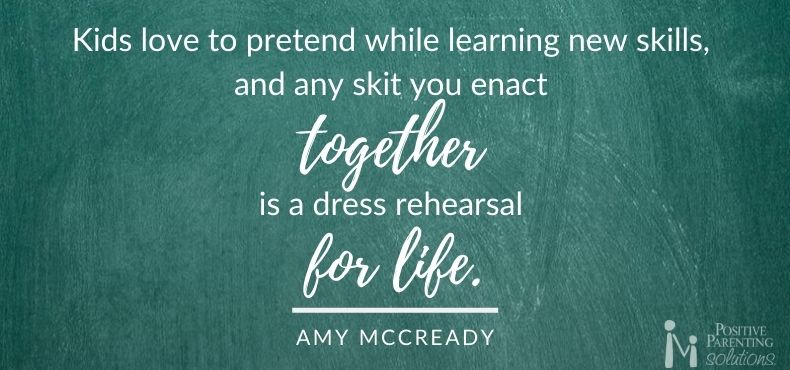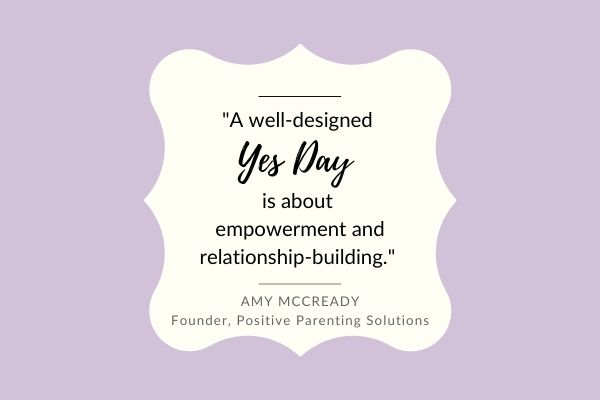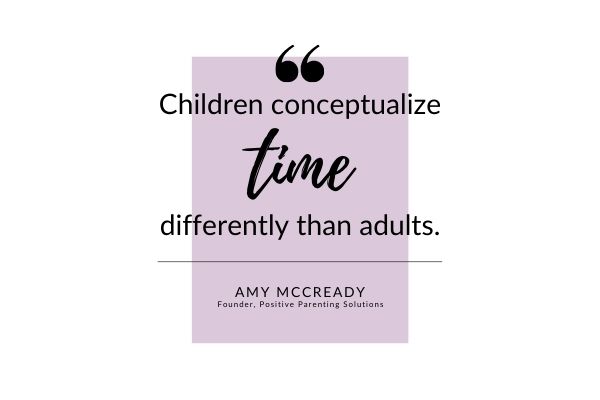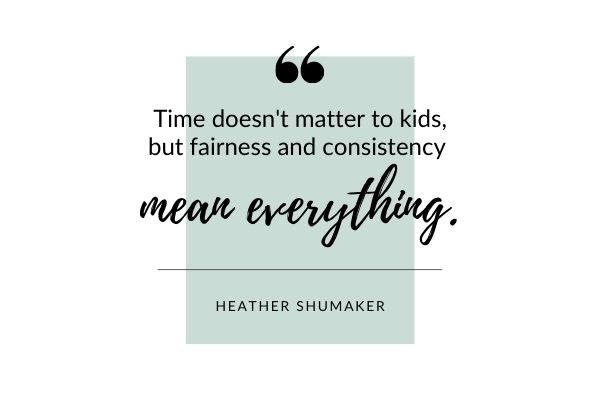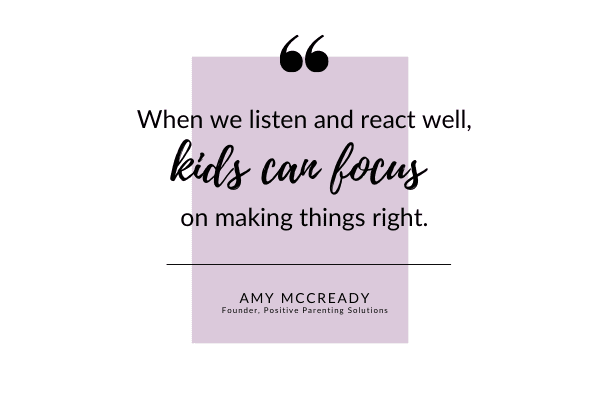

Guest post from food writer and owner of The Picky Eater, Anjali Shah
Has your baby reached the stage when they are ready to start solids? Do you want to begin this journey with them in a nurturing and positive way?
This guide will help you and your child through this transition and will set them up for success in the future to embrace healthy foods and avoid becoming a picky eater.
We’ll give you tips and tricks using the principles of Positive Parenting Solutions so that you don’t end up with any power struggles at mealtime!
Introducing solid foods to your baby is an exciting milestone! However, it can also be a step in your parenting journey that causes some trepidation.
There are many different brands of foods marketed to parents to feed their babies at this stage. Then, there is the option of making homemade baby food.
You may also be wondering if using the baby-led weaning approach to feeding is best, and how to ensure you raise a child that embraces fruits and vegetables.
As you begin to introduce solids, you will find the approach that works best for you and your baby, which is likely to include some combination of homemade purees, store-bought baby food pouches, formula, breast milk, and finger foods.
While there are many different ways to approach starting solids with your baby, I have found that using the foundations taught in the Positive Parenting Solutions® online training program helps make the transition easy and seamless.
In this post, I will review how to know when your baby is ready for solids, how to introduce different foods, and how to use the principles of PPS to introduce your baby to solids when they are ready.
I’ll also take a look at how to use PPS to avoid mealtime battles with toddlers, and encourage your picky eaters to give new foods a try!
What is Positive Parenting Solutions?
Positive Parenting Solutions is an online parenting course aimed at helping parents end power struggles, stop yelling and nagging, and let go of guilt. It’s a step-by-step process to become the best parent you always wanted to be!
How do I know when my baby is ready to start solids?
Babies are typically ready to start trying solid foods when they reach the age of five or six months. The American Academy of Pediatrics recommends six months as a good age to start introducing solids, but for some babies, it will be slightly earlier or later than this. Four months really is the minimum age, though.
You’ll know when your baby is ready for solids when…
- He or she is able to sit in a high chair and can hold his or her head up.
- Your baby begins to put objects in their mouths, including their hands and toys.
- Your baby has put on enough weight to be approximately double his or her birth weight.
Once you’ve noticed your baby has reached these milestones, schedule an appointment with your pediatrician to be sure your baby is ready to start eating solids.
Using the Principles of PPS to Start Solids with Your Baby
How do you use the principles of PPS to start solids with your baby and avoid mealtime drama?
Create a Conducive Environment for Mealtime
Prepare for mealtime by creating a happy and comfortable environment.
Provide your baby with a secure high chair that they can easily sit in and manipulate their food, and give them a spoon to hold onto while you’re feeding them. This helps them to develop the fine motor skills to use a spoon later and gives them a sense of independence.
By using the tools in Step 3 from the 7-Step Parenting Success System® course, parents can create a conducive environment for mealtime that helps your baby know what to expect. It also creates some boundaries around mealtime.
When your baby knows that sitting in their high chair means it’s time to eat, and you provide them with the expected tools to eat, they will approach the situation with more ease and confidence.
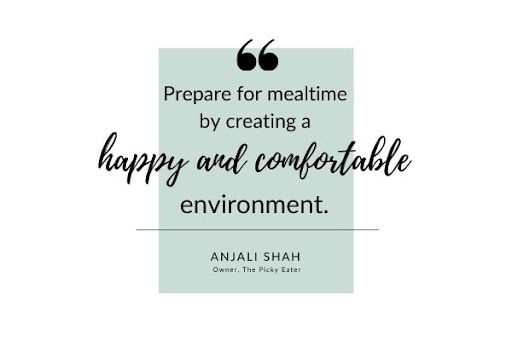
Start Introducing New Foods
Your baby is naturally used to the taste of sweet and starchy foods because that is what breastmilk and formula taste like.
In order to encourage them to try other flavors, start with foods that are bitter, pungent, and savory. This means trying vegetable purees, such as a vegetable puree with spinach, broccoli, and cauliflower, or a zucchini puree.
I recommend starting with vegetable purees before giving your baby cereal, because cereal is starchy and sweet. Avoid sweet fruit purees at the start, and don’t introduce those until later when your baby has become accustomed to other flavors.
Foods to start with…
- Avocado, carrots, green beans, sweet potato, butternut squash, pears, apples, broccoli, spinach, cauliflower.
- Then, add other fruits and vegetables that you like, and start introducing meats and fish.
When you start giving purees to your baby, make sure to avoid anything that has added sugar or salt. It’s a good idea to introduce one food at a time and then wait a few days before trying something new, in order to ensure that your baby doesn’t develop a negative reaction such as diarrhea, vomiting, or rash.
Once you’ve made sure your baby will tolerate different foods, you can combine them in your purees.
Step 4 of the 7-Step Parenting Success System® online training course gives power to the child while allowing you as the parent to set boundaries. When mealtime rolls around, you decide what is offered, when it is served, and where eating happens.
However, your child has some power as well. They decide how much of what is offered they eat. Allow your child to stop eating when they are done, and if they don’t like something you have offered, don’t try to force-feed them. This will create a positive environment for mealtime, and avoid mealtime battles.
FAQs About Feeding Methods
What if my baby doesn’t like purees?
If your baby doesn’t like the puree you introduce, don’t worry! It’s to be expected that your baby will not like everything you give him or her. Just give it some time and try again in a few days or a week. However, don’t try to force your baby to eat something they reject.
What is baby-led weaning (BLW)?
The goal of baby-led weaning (BLW) is for babies to become more independent, better at regulating portion size, and more interested in trying new foods.
Rather than spoon-feeding infants with purees, parents wait until their baby is old enough to handle small finger foods, usually around the age of six months.
During baby-led weaning, infants can still eat purees, but they aren’t spoon-fed, so they learn to feed themselves with their fingers or by holding a baby spoon.
Which is better, feeding your baby purees or following BLW?
There is no right or wrong way when it comes to feeding your baby purees or following the BLW system. Not every baby and every family are the same.
You need to choose what works best for you and your child, but you don’t need to choose between one or the other. You can do a combination of both!
How to Manage Picky Eaters
As your baby gets older and grows into a toddler, different problems may present themselves around mealtime. If your toddler is a picky eater, this doesn’t mean that you did anything wrong! Some children are simply pickier than others.
When you have a picky eater, as a parent, one of the biggest worries you have is whether your child is eating enough to grow sufficiently, and whether they are getting a balanced diet to ensure they have all the vitamins and nutrients they need for growth and development.
As a result, mealtime can become a stressful experience–when it should be a time to sit and reconnect with your family.
These 11 tips will help avoid power struggles at mealtime, and help your toddler eat a balanced diet you feel good about!
1. Listen to Your Child’s Appetite
Your child knows when they are hungry and when they are full. As a result, respect their appetite and allow them to listen to their body’s signals. Don’t force meals or snacks on your child or beg them to try bites. This creates a power struggle.
This doesn’t mean you allow them to eat whenever they want to, but instead during mealtime, allow them to eat what they want to. That might be all of their meal, or only a portion of their meal.
Serve small portions to your toddler. They do not need to eat as much as adults. This will also help them feel less overwhelmed when they see the food on their plate.
Allow them the opportunity to ask for more if they are still hungry.
2. Create a Mealtime Routine
As mentioned above with introducing solids, create a mealtime routine.
Offer your child three meals a day, plus two opportunities for a snack. If they don’t want to eat during one of their mealtimes, they can have their meal during one of their snack times.
Instead of offering your toddler snacks throughout the day, which will likely cause them to not be hungry during mealtime, offer them a snack at specific times (which could be just finishing what they didn’t eat in the prior meal), and provide them with water to drink between meals so that they don’t fill up on other foods or drinks between meals.
3. Be Patient with the Introduction of New Foods, Keep Trying, Be Consistent!
New foods are exciting for kids, but also they may not be sure how to react to them. The first time it is offered, they may only try a small bit. Reintroducing new foods as repeated exposure will encourage them to give them a try.
It may take up to 100 tries before your child accepts a new food!
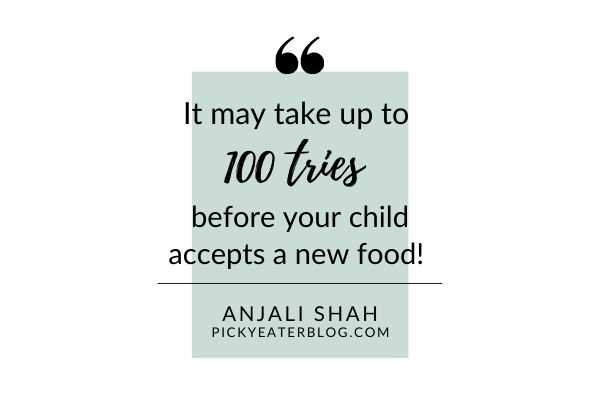
Instead of talking about how a new food tastes, talk to them about the color, shape, texture, and smell. Continue to serve your child nutritious foods until they become accustomed to it — they may even start to prefer it.
4. Don’t Offer a Child an Alternative Meal
While your child may turn up their nose at the meal put in front of them, do not offer to make them something else. This reinforces the idea that if they say they don’t like something, you’ll give them a preferred food.
5. Don’t Keep “Junk” In The House
For the same reason as above, you also don’t want to keep snacks and “junk food” in the house for easy access!
If it’s not in your house, your child pretty much won’t be able to eat it, and it won’t be tempting.
So if your child asks for ice cream instead of their dinner, and you don’t have any ice cream, it becomes pretty easy to gently say no and remind them what their dinner is!
6. Allow them to Choose Fruits and Vegetables to Try
Kids of all ages need some choices in their lives.
Imagine that every single minute is decided for you, and you’re constantly being told what to do. It’s normal for kids to want to take control, but it’s your job to set boundaries and limit choices.
It’s ok to give your child two choices for a meal (but don’t give them 10 choices)! You can say, “Do you want a peanut butter sandwich or a cheese sandwich for lunch” for example.
You can also take your child to the grocery store or farmer’s market with you and ask for their help in choosing fruits and vegetables. This will help them feel in control and excited about trying the foods they choose.
7. Don’t Compare Kids
If you have more than one kid, and one child happens to be pickier, don’t compare them to their siblings! That’s going to have the opposite effect you want and will be discouraging for your child to try new foods.
8. Limit Distractions
It’s not always possible to sit down as a family and eat together with everyone’s different schedules these days, but do your best to make mealtime special and limit distractions. Turn off the TV, take away toys and other distractions, so that your child can focus on their food.
9. Don’t Offer Dessert as a Reward
When you offer dessert as a reward for finishing their meal, it sends the message that dessert is the best type of food to eat. This encourages your child to have a stronger desire for sweets. It also doesn’t provide any intrinsic motivation to eat well during mealtime.
Instead of offering dessert after every meal, offer it as an option a few nights a week, or make dessert something like fruit or another healthy choice served with the meal.
10. Don’t Label Behavior or Foods!
I would avoid saying things like “you’re such a picky eater” or “don’t be a picky eater” to or around your child. This is because kids will adopt the labels we give them, and it’ll just reinforce picky eating behavior!
Instead, don’t give a lot of attention to when they’re being picky, and just say something like “it seems like you don’t want to eat right now, that’s ok, your meal will be here when you are ready.”
I would also avoid giving too much praise for “healthy eating” since your child may only end up eating healthy when you’re around to receive that praise, but it won’t build the long-term tools they’ll need for healthy eating throughout their life.
11. Make Mealtime Fun!
Eat together as a family; make mealtime “together time”. Talk to each other about your day and allow your kids to ask questions and be curious at the dinner table. Serve a variety of colors and textures, cut their foods into fun shapes, and serve veggies with a dipping sauce you know they like!
Final Thoughts
Introducing your child to solids, and encouraging them to eat a healthy, well-balanced diet as they grow into the toddler stage is both exciting and challenging. By using the Positive Parenting Solutions approach, you can avoid mealtime battles, while encouraging your child to try new foods and allowing them to feel control over their food choices.
About the Author
 Anjali Shah is a food writer, published author, board-certified health coach, nutritionist, mom of two, and owner of The Picky Eater, a healthy food and lifestyle blog. Her work has garnered nationwide attention as she has been featured on Oprah.com, Women’s Health, Cooking Light, Reader’s Digest, CNN, Food Network, SELF, Glamour, BuzzFeed, Huffington Post, Ladies’ Home Journal, Whole Foods, SHAPE, and at Kaiser Permanente. Anjali grew up a “whole wheat” girl but married a “white bread” kind of guy. Hoping to prove that nutritious food could in fact be delicious and desirable, she taught herself how to cook and successfully transformed her husband’s eating habits from a diet of frozen pizzas and Taco Bell to her healthy, yet flavorful recipes made with simple, wholesome ingredients. Anjali’s programs are focused on teaching individuals and families how to make healthy choices and pick the right foods at the grocery store for overall wellness and maintenance. After becoming a mom, Anjali expanded her programs to include strategies and techniques to combat picky eating in kids of all ages. Anjali started The Picky Eater in 2011 to make healthy food accessible, tasty, easy to make at home, and picky-eater-proof. Follow her on Facebook, Pinterest, or Instagram.
Anjali Shah is a food writer, published author, board-certified health coach, nutritionist, mom of two, and owner of The Picky Eater, a healthy food and lifestyle blog. Her work has garnered nationwide attention as she has been featured on Oprah.com, Women’s Health, Cooking Light, Reader’s Digest, CNN, Food Network, SELF, Glamour, BuzzFeed, Huffington Post, Ladies’ Home Journal, Whole Foods, SHAPE, and at Kaiser Permanente. Anjali grew up a “whole wheat” girl but married a “white bread” kind of guy. Hoping to prove that nutritious food could in fact be delicious and desirable, she taught herself how to cook and successfully transformed her husband’s eating habits from a diet of frozen pizzas and Taco Bell to her healthy, yet flavorful recipes made with simple, wholesome ingredients. Anjali’s programs are focused on teaching individuals and families how to make healthy choices and pick the right foods at the grocery store for overall wellness and maintenance. After becoming a mom, Anjali expanded her programs to include strategies and techniques to combat picky eating in kids of all ages. Anjali started The Picky Eater in 2011 to make healthy food accessible, tasty, easy to make at home, and picky-eater-proof. Follow her on Facebook, Pinterest, or Instagram.




